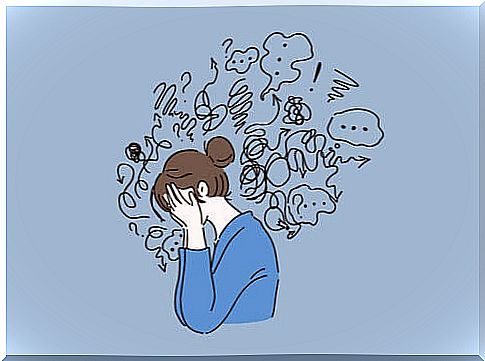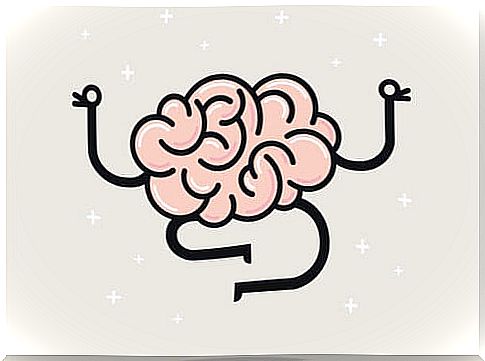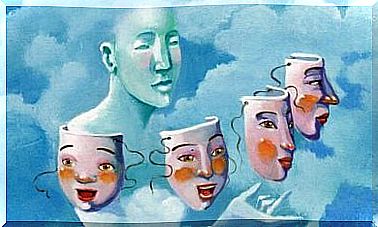This Is How The Brain Multiplies The Problems

Many people complain that “problems don’t come on their own” or that “once problems start, they never end”. In a way, they are right, but this is probably not due to fatality, but to a cognitive bias that causes the brain to multiply the problems.
This conclusion was drawn following various experiments. The brain multiplies the problems because, although being a fabulous and complex organ, it also has its limits.
Such limitations arise from the fact that the mind tends to create patterns for everything, as it is a way to save energy. But these general guidelines are misleading.
Knowing that the brain multiplies the problems allows us to be critical and attentive to the functioning of the thought, to put a limit where it is necessary. Otherwise, the difficulties and the emotional expenses that they entail spread more than necessary.
The brain multiplies the problems
To explain the mechanism by which the brain multiplies problems, psychologist David Levari of Harvard University uses an illustrative comparison. He says that in the face of danger, the brain acts in the same way as neighborhood watch systems.
Such systems are activated when there is a lot of citizen insecurity in a neighborhood. Their role is to alert to the presence of strangers or suspicious actions. When they detect that something is wrong, they immediately notify the police.
These systems generally work, reducing the feeling of insecurity. Logically, the alerts should also decrease, but this is usually not the case. Why ?
What usually happens is that vigilantes begin to see signs of danger in situations or actions that previously did not raise suspicion. It is as if an alarm state has been triggered and can no longer be extinguished.
The brain works in a similar way. Once alerts are triggered by the presence of a problem, and each problem involves an implied danger, it fails to “turn off” or block them on its own.
An eye-opening experience
To show that the brain multiplies the problems, several experiments have been carried out. One of the best-known, an experiment that later even became a viral test on social media, was published in the prestigious Science magazine .
As part of this experiment, 1,000 participants were called together, all with completely normal vision. All of them were given an image consisting of 1000 dots, the colors of which ranged from very dark blue to dark purple. The different shades were randomly distributed. Participants were asked which dots were blue and which were purple.
During the first session, most identified the blue spots without a problem. However, in the following sessions, the concept of the color blue grew more and more. In the end, the volunteers saw even the dots that were clearly purple in blue . What does that mean ?

Brain bias or how the brain multiplies problems
This experience shows us that the brain tends to define more and more rigid patterns. Thus, participants, who were initially able to clearly distinguish blue and purple, were increasingly likely to apply the criterion “color blue to everything.
Why does this show that the brain multiplies the problems? When we are faced with a problem, a subjective warning signal appears. So we are devoting our efforts to solve the problem. And even after achieving this goal, the brain continues to apply recent risk criteria to phenomena that do not fall into this category.
Let’s take a daily example. An employee argues with his boss and this argument affects him. He returns to his desk and does not find his pen, not because he is lost, but because he is tormented by the argument. He will then tend to say to himself that “everything is bad today”, when it is not.
In times of pandemic, the same thing happens, precisely because we are all facing a big problem. It is therefore not uncommon for a strong wind or an earthquake to be interpreted as a sign of the end of time, when it is not.
Quite simply, once the brain acts on an alert pattern, it doesn’t stop. We must then exercise caution so that bias does not prevail.










